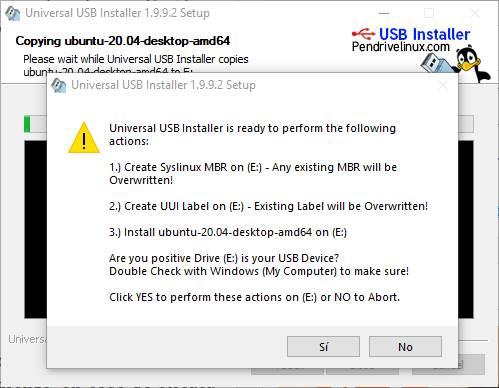


Click on the start button to begin flashing your USB drive. Start Flashing Processįinally we can start the ISO flashing process. Most people use either NTFS or FAT file formatting. Set File Systemįinally select the file system. Set Cluster Sizeįor the cluster size you can keep it and the default of “64 kilobytes”. This name will show up in the file explorer after you complete the process. This step is optional but if you want to give your flash drive a name just type it in this box. This option will work for almost every PC. The next option is the “Target system” I would leave it at “BIOS or UEFI” unless you have a specific reason to change it. If you end up having issues change this option and re-flash. Usually you can keep this at the default unless you have a very old PC. Now you will select the “Boot selection” I recommend keeping this option at the default “Disk or ISO image”. *WARNING* be careful to select the right drive as all of the data will be deleted. Select it from the drop down list then continue. This will be the flash drive that you plugged in a few moments ago. Select Storage DeviceĪfterwards you will need to select the storage device you want to use.

If you wish to download the ISO you can do so on the Ubuntu website. In this example I will be using “ubuntu-22.04-live-server-amd64”. You will then get a file selection dialog, navigate to where your iso is and select it. Next you will select the iso file that you want to flash to the USB drive. At this point you will also want to plug in your USB flash drive. Then scroll down to the Download section and click on “Rufus 3.20” to download the application.Īfter you download Rufus, double click on “rufus-3.2.0.exe” to launch the application. You will want to navigate to the Rufus Download Page. The first step will be to download Rufus. Rufus also supports the creation of bootable FreeDOS installations. ISO files and bootable image formats, as well as raw disk image file support. Additionally with this universal USB installer you can easily create installation drives for Linux, Mac OS, and Windows. Rufus is a good lightweight alternative to Unetbootin. One of the main benefits of using Rufus is that it is free, open source, and easy to use. In this tutorial you will learn how to create bootable USB drives using Rufus.


 0 kommentar(er)
0 kommentar(er)
